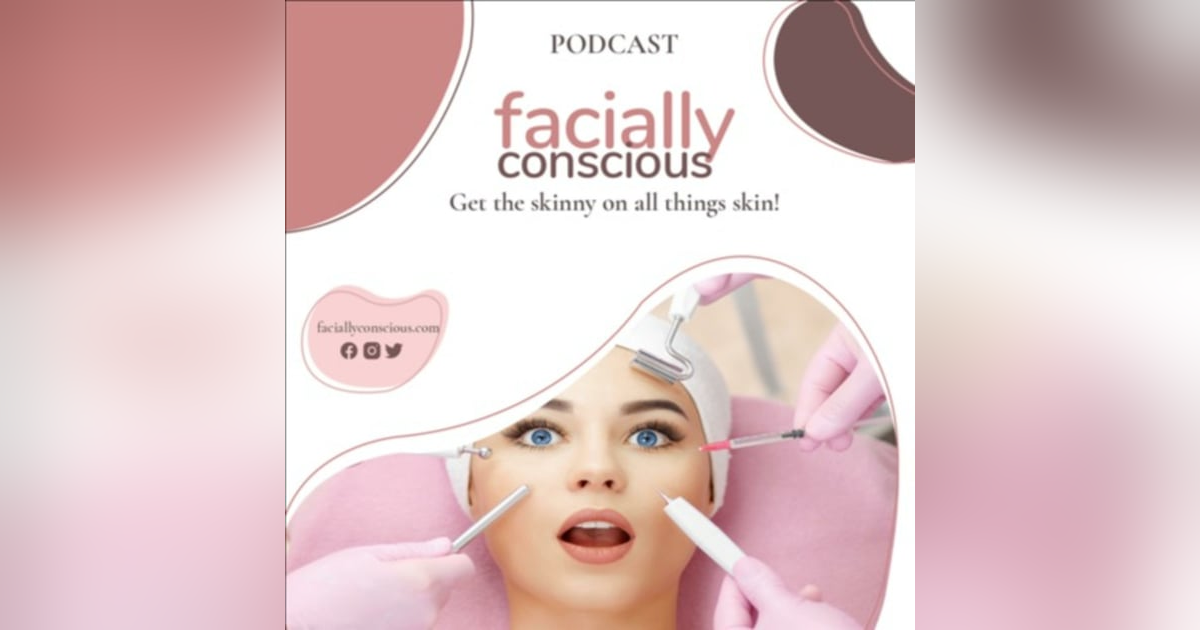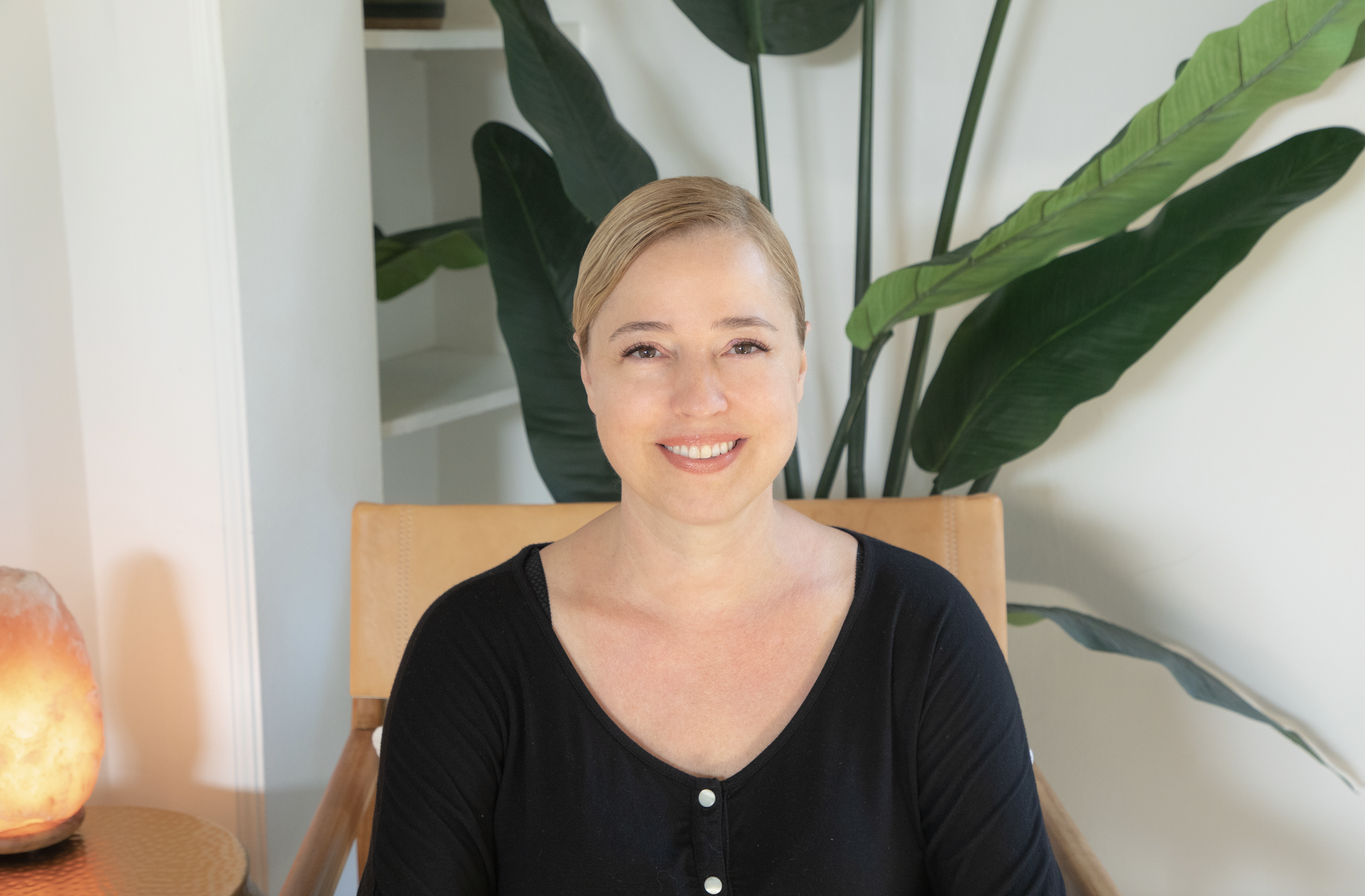The Truth About Sunscreen: 8 Dangerous Myths That May Be Damaging Your Skin

As an esthetician who has spent years working with clients and learning from cosmetic chemist Rebecca Gadberry, I'm continually amazed by the amount of misinformation circulating about sunscreen. These aren't just harmless misconceptions—they're dangerous myths that can lead to skin cancer, premature aging, and serious skin damage.
When Rebecca and I recorded our latest episode of Facially Conscious, "8 Sunscreen Myths, Busted," we knew we had to address the most persistent and harmful sunscreen myths we encounter in our professional practice. What started as a discussion quickly evolved into what Rebecca called "a gripe session" about the dangerous misinformation being spread by influencers and well-meaning yet uninformed individuals.
The stakes couldn't be higher. We're not talking about whether a moisturizer makes your skin feel good—we're talking about protection from skin cancer, a disease that can literally kill you or leave you with disfiguring scars. As someone who works with clients' skin every day and observes Dr. Vicki Rapaport removing cancerous spots from people's skin throughout my career, I have seen firsthand the damage that occurs when people follow misguided advice about sun protection.
The Two-Finger Rule Is Not a Marketing Scam
One of the most frustrating myths we encounter is the belief that the two-finger rule for sunscreen application is merely a marketing strategy to sell more product. This couldn't be further from the truth, and here's why it matters so much.
The two-finger rule—applying sunscreen in a line from the base to the tip of both your index and middle fingers—isn't arbitrary. It's based on the exact amount used in FDA testing to determine SPF ratings. When sunscreen manufacturers test their products to receive that SPF number on the bottle, they apply precisely this amount to the test area.
Your fingers are naturally proportioned to the size of your face, whether you are a child or an adult, making this measurement universally applicable. This amount should cover your face, ears, and neck—both front and back. If you use less than this amount, you aren’t receiving the protection promised on the label.
I understand the concern about looking "ghostly" or having sunscreen feel too heavy. The solution isn't to use less product; it's to find a better sunscreen. Quality sunscreens contain silicones that help the product settle and adjust over one to three minutes, eliminating that heavy, white appearance.
The Makeup Dilemma: Why SPF in Cosmetics Isn't Enough
Here's where things get complicated, and I'll be honest about the real-world challenges we face. The FDA is clear that you need the full two-finger amount for the stated SPF protection. This means that SPF in your lipstick, foundation, or powder doesn't provide meaningful protection because you'd have to apply an unrealistic amount.
To achieve the SPF protection listed on a lipstick, you'd literally need to use the whole tube in one application. For foundation, you would look like a clown. Regarding powder sunscreens, Rebecca's inside information from FDA contacts reveals they don't reach their stated SPF numbers when tested independently.
But here's the conundrum I face with my clients every day: women wear makeup, and they aren't going to reapply cream sunscreen over their makeup every two hours. It's just not realistic. While a powder with SPF won't provide the full protection claimed on the label, it's better than not reapplying at all when heading out for lunch.
My professional recommendation? Begin your day with a high-quality broad-spectrum sunscreen of SPF 50 or higher as your primary protection. This should generally provide all-day coverage for most individuals, unlike the two-hour reapplication guideline for SPF 15 products.
The Cancer Prevention Myth That's Actually Dangerous
This may surprise you, but sunscreens don't prevent skin cancer. The FDA does not permit manufacturers to make this claim because it is inaccurate. Even the best sunscreens allow some UV light to penetrate, and that small amount can still cause DNA damage that leads to cancer.
Sunscreens slow down your risk of developing skin cancer and reduce the aging effects of UV exposure. This is a crucial distinction because believing sunscreen prevents cancer can lead to a false sense of security and riskier sun behavior.
Conversely, sunscreens don't cause cancer, either, despite claims from some environmental groups. These organizations often misinterpret data to bolster their fundraising efforts, but the science does not back their assertions that ingredients like retinyl palmitate are carcinogenic in sunscreen formulations.
The Tanning Myth That Breaks My Heart
Perhaps one of the most dangerous myths I encounter, particularly among younger clients, is the belief that you can achieve a "safe tan" by using lower SPF products. Let me be absolutely clear about this: any tan represents DNA damage. Period.
We cannot tan without harming our DNA. That golden glow everyone desires is literally your skin's distress signal, indicating that cellular damage has occurred. This damage builds up over time, accumulating year after year, increasing your risk of skin cancer and accelerating aging. I love a good tan too, so I know it’s not realistic to avoid the sun altogether. But wear sunscreen while out there, and reapply as needed. Try to sit in shady spots when you can. But enjoy your life!
This applies to individuals of all skin colors. If your skin darkens due to sun exposure, DNA damage has occurred. There are no exceptions, caveats, or "what ifs." The science is unequivocal on this point.
Rosacea and Sunscreen: Finding the Right Match
As someone who has worked with rosacea clients for many years and in a dermatologist's office for 8 years, focused on rosacea, I want to address the myth that people with rosacea cannot wear sunscreen. This is not true, but it requires an understanding of how different sunscreens work.
Chemical (or organic) sunscreens work by converting UV light into heat, which can trigger rosacea flares in sensitive individuals. I've seen this happen countless times in my practice. However, mineral sunscreens like zinc oxide and titanium dioxide do not create this heat conversion. Zinc oxide can help calm rosacea symptoms.
This is another compelling reason I recommend mineral-based sunscreens for most clients, particularly those with sensitive or reactive skin conditions.
The Ocean Myth That Overlooks the Real Problem
The claim that sunscreens are "killing the oceans" is based on flawed research conducted in aquariums with unrealistic concentrations of sunscreen ingredients. When scientists have tried to replicate these results in real ocean conditions, the effects do not occur.
The real threats to marine ecosystems are agricultural runoff, pesticides, and fertilizers, not the minimal amounts of sunscreen that swimmers introduce into the water. However, if you're concerned about environmental impact, mineral sunscreens containing zinc oxide and titanium dioxide are excellent choices that do not harm marine life.
When You're Already Burned: The Risky Double Down
One of the most dangerous pieces of advice I hear is that you can apply more sunscreen over a burn and continue sun exposure. This is completely incorrect and could be harmful.
If you're burned, you've reached your maximum sun exposure for the day—possibly for several days, depending on the severity. No sunscreen blocks 100% of UV rays, so even if 2% of sunlight penetrates your sunscreen, it adds to existing damage and worsens the burn.
If you get burned, leave the sun right away. Find shade, wear protective clothing with UPF ratings, or head indoors. Applying more sunscreen is not the solution.
The Importance of a Professional Perspective
As skincare professionals, Rebecca and I aren't influencers sharing opinions for engagement. We are licensed experts who work with these products daily, understand the science behind them, and have witnessed the real-world effects of both proper and improper sun protection.
Since the early 1980s, Rebecca has collaborated with sunscreen chemists, taught courses on UV protection, and contributed chapters to sunscreen textbooks. Her expertise is not just theoretical; it stems from decades of hands-on experience with these products' chemistry and clinical applications.
The misinformation circulating about sunscreens isn't just annoying—it's dangerous. When people follow bad advice about sun protection, they're gambling with their health and appearance. As professionals who care deeply about our clients' well-being, we feel compelled to set the record straight.
Your skin is your body's largest organ, and it deserves protection based on science, not social media trends or marketing myths. Choose your sunscreen based on evidence, apply it correctly, and remember that when it comes to sun protection, there are no shortcuts or clever workarounds—only solid science and consistent application.
To read more from Trina Reneá, join her on Substack.








